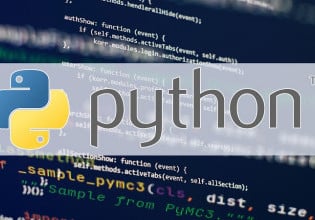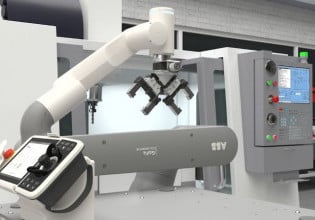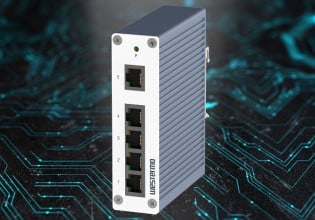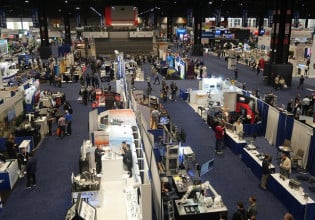A New Design for Cartesian Electric Linear Axes From Festo
Festo has added design improvements to standard linear axis models with the purpose of increasing payload and acceleration profiles while maintaining a smaller weight and footprint.
Festo has recently made some design changes to allow higher payload motion on a linear axis. Specifically designed for high feed speeds and forces, the ELGD series includes toothed belt and ball crew axis models. The series comes in two shapes: a standard design with a square cross-section for the axis payload and a wider design with a reduced profile height for a more compact linear axis.
Cartesian Motion Axes
When the goal is accurate and fast linear motion, designers will typically turn to servo-driven linear axes. These devices convert rotary motion into linear motion with the use of toothed belts or ball screws. A servo motor of appropriate size is then attached to the axis via mounting plates, gearboxes, and flexible couplings.
A limiting factor to these linear axes is commonly the axis payload. As the amount of weight applied to the axis increases, there is a greater chance the belt might slip or the ball screw could be damaged.
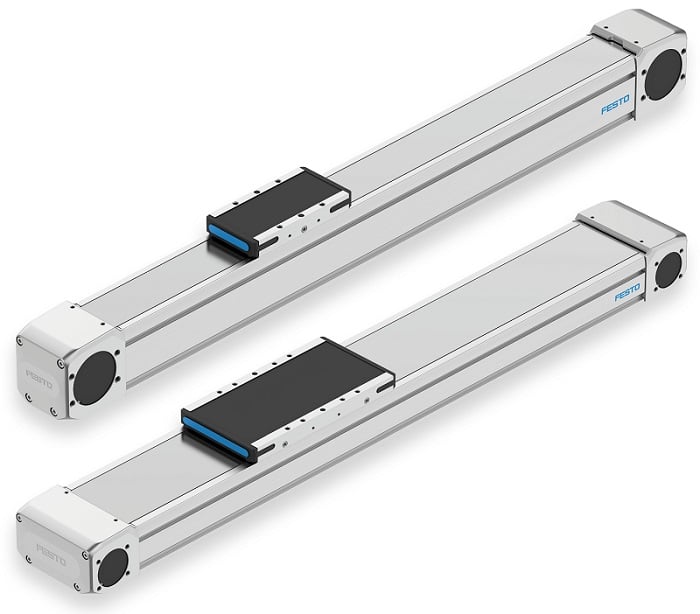
Standard and wide models of the ELGD linear axes. Image used courtesy of Festo
ELGD-TB / ELGD-TB-WD / ELGD-BS
To allow for higher feed speeds, Festo increased the strength of the bearing design. The new ELGD series embeds the bearings directly into the extrusion, extending the full length of the axis. This embedded bearing design allows Festo to create the wide design actuator which reduces the overall profile of the actuator and makes it up to 30% lighter than competing axes with similar capacity ratings.
The ball screw model offers stroke ranges of up to 8.2 ft, while the toothed belt model has a stroke range of up to 27.9 ft. Configurable carriage options are also available for each axis variant, including standard carriage, long carriage, and one additional carriage that can be mounted either left or right.
For cleanroom applications, the ELGD can be ordered with a stainless-steel cover strip to minimize particle emissions and particle ingress. There is even a pneumatic connection that provides air into the axis which can provide negative or positive air pressure. These features open the ELGD product family to many applications.
Both the ball screw and toothed belt models are compatible with Festo’s CMMT servo motors. When integrated together, the Festo Automation Suite is used to commission the system, and all the parameters for the ELGD are automatically populated. If your design requires a third-party motor, the ELGD series is compatible with many models.

Three linear models together form an x-y-z gantry system. Image used courtesy of Festo
Servo-Driven Axis Applications
Linear axes are used extensively in automation applications where precision and speed are required. A common application is an X-Y gantry, which requires two axes, one for the X direction and one for the Y direction. An additional Z-axis can be added if needed. This style of gantry is often used for vision applications or additive manufacturing (3D printing). With the added payload capacity of the ELGD product line and the increased ability for feed force, material-handling gantry systems can be designed with ease.
Benefits for Machine Builders
Reducing integration time and complexity is an ongoing challenge for any machine builder. When the ELGD axis and a CMMT servo motor are combined, simply connecting to the system and uploading the parameters will result in the majority of commissioning for that axis system. Reducing integration time means a quicker time to market and faster production for the end user.

